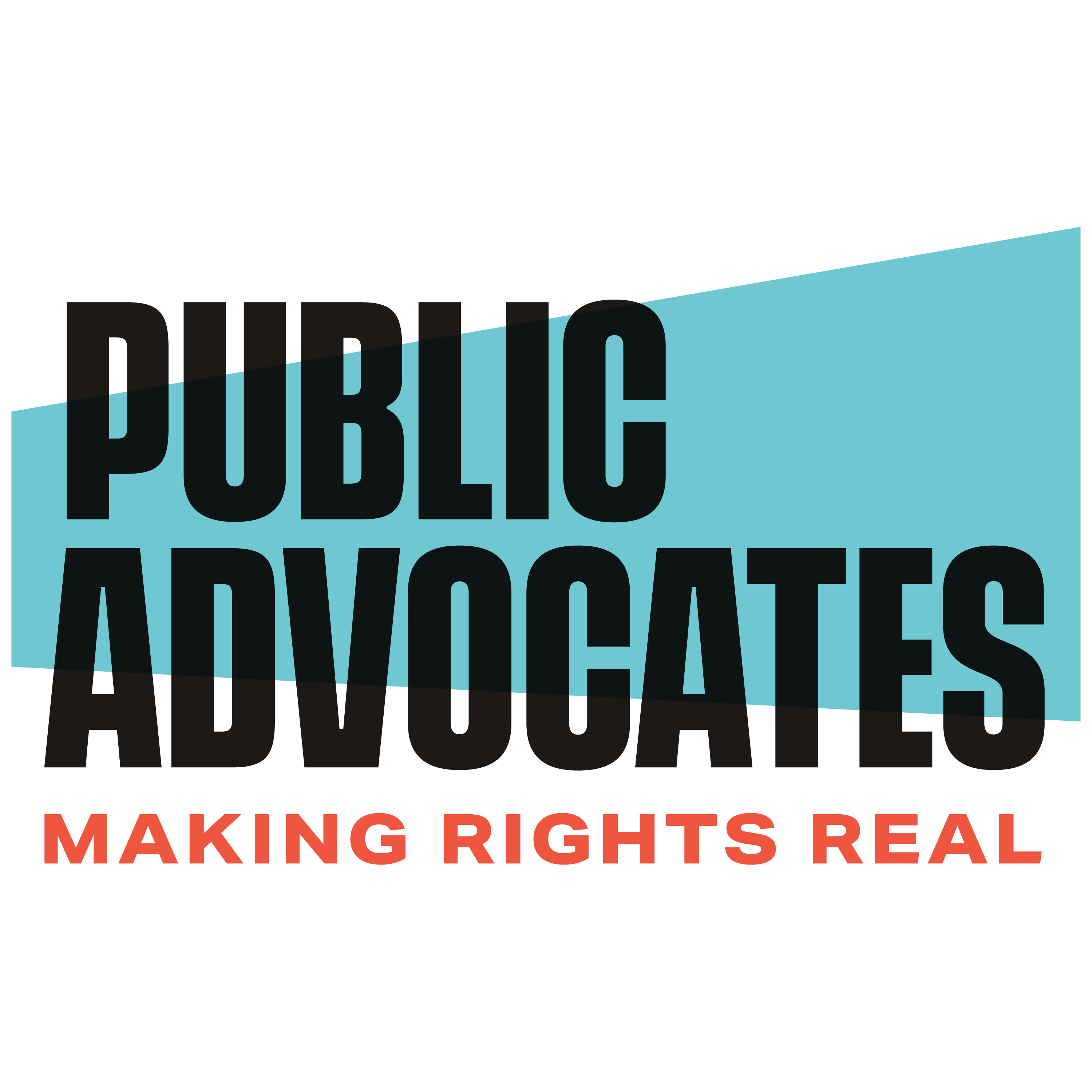Housing Element Advocacy Toolkits
Bay Area cities and counties are required to update their local housing action plans – the “Housing Element” – by January 2023. These plans must identify land where sufficient affordable housing can be developed and commit to actions that address the housing needs of all economic segments of the community. As of 2018, the Housing Element must also study housing inequality for people facing systemic barriers to opportunity – including people of color, immigrants, people with disabilities, and LGBTQ people – and take affirmative steps to undo this inequality.
Housing Element advocacy can help win action from local governments to prevent displacement, preserve existing housing, increase affordable housing production, and reverse segregation. Advocates, organizers, and community members have an important opportunity to shape the outcomes.
- The Housing Element is a long-term plan for addressing housing insecurity – creating the opportunity to win comprehensive, rather than piecemeal reforms.
- The law requires cities and counties to consult with low-income people, people of color, people with disabilities, and others whose housing needs are not being met – providing access to decision-making that is usually done behind closed doors.
- Advocates and state regulators can enforce the commitments that cities and counties make in their Housing Elements.
The Housing Element process can be a great way to advance existing campaigns and community priorities. The Housing Element advocacy toolkits below provide legal, policy, and data arguments, strategic messaging and talking points, and model policies and resources on issues that are at the forefront of many local housing justice advocates. You can tailor these resources to your city or county in developing your own Housing Element advocacy strategy. They reflect the work of a Bay Area Housing Element advocacy working group that includes (in alphabetical order): East Bay Housing Organizations, Enterprise Community Partners, GENESIS, Greenbelt Alliance, the Housing Leadership Council of San Mateo County, the Law Foundation of Silicon Valley, the Nonprofit Housing Association of Northern California, Public Advocates, the Public Interest Law Project, RichmondLAND, Urban Habitat, and Working Partnerships USA.
Making Community Voices Heard
Housing Element law specifically requires cities and counties to engage low-income people, people of color, immigrants, non-English speakers, people with disabilities and others who face housing challenges and who often face barriers to being heard in public decision making. Here is a letter sent by Bay Area housing justice advocates to all of the local planning directors outlining community engagement legal requirements and best practices.
Advocating for Rent Control and Just Cause for Eviction Policies
Millions of people in California urgently need Rent Control and Just Cause to protect them from arbitrary evictions, predatory rent hikes, and landlord harassment. A stable and safe home is crucial for renters and the communities where they live to thrive and prosper. The Housing Element process is an opportunity to ensure renters of all backgrounds can continue to call the Bay Area home.
Here is a brief roadmap for leveraging the Housing Element process advance Rent Control and Just Cause campaigns. It includes links to helpful guidance from tenant organizations about how to craft strong Rent Control and Just Cause Policies, message the issues effectively, and combat common misconceptions and counter-arguments.
Advocating for Community Land Trusts (CLTs)
Community land trusts (CLTs) are nonprofit organizations that acquire and steward land in trust for the permanent benefit of low-income community members. CLTs remove property from the speculative real estate market and convert the use to permanent affordable housing, typically through a 99-year ground lease. CLTs also promote resident ownership and control, stabilize neighborhoods, and capture the value of public investment for community benefit. The Housing Element process is an opportunity to build much-needed support for CLTs.
Here is an advocacy guide and PowerPoint from the California Community Land Trust Network for leveraging the Housing Element process to advance CLT work and secure commitments for CLT land acquisition resources.
Advocating for Inclusionary Zoning and Impact Fees
Inclusionary Zoning policies require new market-rate housing developments to rent or sell a percentage of new homes at below market rates. Housing Impact Fees require new market rate housing and/or new commercial, retail, or other jobs-generating development to contribute money for affordable housing. These policies are important to supplement existing public funds for affordable housing, create more integrated communities, and ensure that new development does not make the affordable housing crisis even worse.
This toolkit covers Inclusionary Zoning and Impact Fees, policies that community members, advocates, and organizers may want to advance through the Housing Element to help ensure that new market rate housing and jobs-generating development contribute to affordable housing needs.
Inventory of Sites
The inventory of sites contained in the Housing Element must identify land suitable and available for housing development to meet the city or county’s Regional Housing Need Allocation at all income levels. It is a critical component of the plan, since adequate sites are necessary to allow housing development that will ease the housing crisis. The obligation to identify and make sites available is one of the most important parts of the Housing Element because it obligates the community to zone sites at high enough densities and with sufficient infrastructure to make the development of affordable housing feasible.
Advocating for Tenant and Community Opportunity to Purchase Policies
Tenant and community opportunity to purchase policies prevent displacement, stabilize current residents and existing communities, and increase the supply of permanently affordable housing. These policies are much-needed in the Bay Area where the housing affordability crisis puts stable housing out of reach for many low-income community members. Tenant and community opportunity to purchase policies give tenants and qualified organizations, such as nonprofit housing developers and community land trusts, advance notice that the landlord intends to sell the building, along with specified timelines to exercise the “right of first offer” to buy the property before it goes on the market and the “right of first refusal” to match a third party offer if their initial offer is rejected. Once acquired, these properties remain affordable for the long term.
This toolkit is a roadmap for leveraging the Housing Element process to advance tenant and community opportunity to purchase campaigns. It includes links to helpful guidance about how to craft strong tenant and community opportunity to purchase policies, a template letter for advocating for these policies through the Housing Element, and a messaging guide.
Important General Housing Element Resources
Regardless of your campaign goals, the following Housing Element resources provide important information about the process, legal requirements, and data sources.
- Shift the Bay, a project of the Non-profit Housing Association of Northern California created this Housing Elements Effective Messaging Guide. The messaging guide is designed to help both inform and motivate community members on Housing Elements
- Information from the state Department of Housing and Community Development, including links to many resources. The Department’s 2021 guidance on “Affirmatively Furthering Fair Housing” and AFFH data and mapping resources are likely to be particularly useful for housing justice campaigns working to center the needs of people of color, immigrants, people with disabilities, and others whose needs are systematically neglected. The Department created Building Blocks as a guide to all of the components of the Housing Element.
- The Public Interest Law Project’s 2019 California Housing Element Manual, 4th Edition is a detailed guide for advocates.
- If your local campaign goals include urban greening or other environmental issues, Greenbelt Alliance’s Resilience Playbook has a lot of useful information.
- MidPen Housing has compiled a set of case studies to illustrate high-impact policies advanced in the last Housing Element cycle and suggest strategies based on successful implementation.

